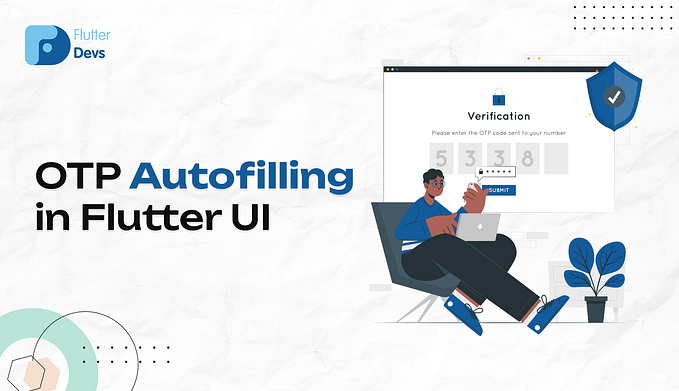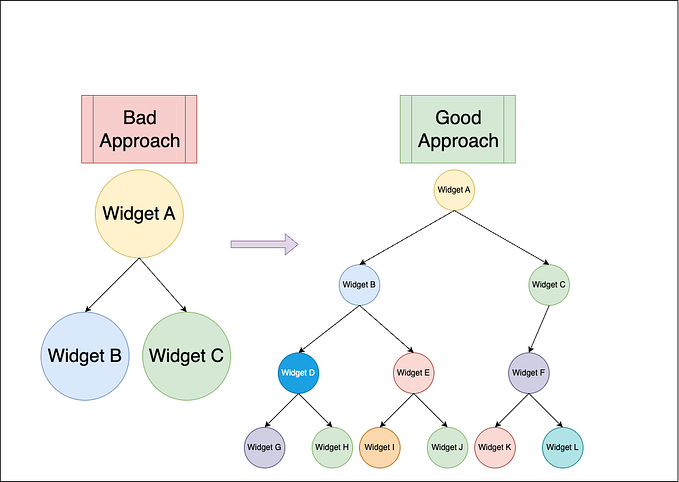Implement Fish-Redux State Management In Flutter
A powerful state management framework for Flutter, provides a structured and organized approach to handle application state, making it ideal for building scalable and maintainable Flutter apps.

In this article, we will explore the Implement Fish-Redux State Management In Flutter. We perceive how to execute a demo program. We will show you how to work in your Flutter applications.
If you’re looking for the best Flutter app development company for your mobile application then feel free to contact us at — support@flutterdevs.com.
Table of Contents :
Introduction — State Management in Flutter
Introduction — Fish-Redux state management
Key-concepts in Fish-Redux
How to use
Key Benefits
Final Output
GitHub Link
Reference Url
Conclusion
Read my other blogs
Introduction — State management:-
State management in Flutter refers to the techniques and tools used to manage and control the state (data and UI) of your Flutter application. Flutter applications often consist of complex UIs and dynamic data that can change over time.
Effective state management is crucial for creating responsive and maintainable apps. There are various approaches to state management in Flutter, and the choice of approach depends on the complexity of your application and your specific needs.
Introduction — Fish-Redux:-
Fish-Redux is a state management framework for building Flutter applications. It’s designed to help Flutter developers structure their applications in a way that makes code organization and maintenance easier, particularly for larger and more complex apps. Fish-Redux draws inspiration from concepts like Redux, a state management pattern used in web development, and applies them to the world of Flutter.
Key Concepts in Fish-Redux:-
- State: In Fish-Redux, your application’s state is represented by plain Dart objects. These objects are typically immutable and describe the data that your application needs to function. State management in Fish-Redux revolves around creating, modifying, and sharing these state objects.
- Action: Actions are the events or user interactions that trigger changes in your application’s state. Actions are dispatched to update the state. They carry information about what needs to change in the state.
- Reducer: Reducers are responsible for taking the current state and an action and producing a new state. Reducers are pure functions that ensure the predictability and maintainability of the state management process.
- Effect: Effects are side effects that can be triggered as a result of specific actions. They can be used for operations like making network requests, database access, or other asynchronous tasks. Fish-Redux provides a clean way to handle side-effects.
- Component: A component is a self-contained, reusable piece of the user interface. Each component in Fish-Redux consists of three parts: View, State, and Reducer. Components can be nested to build complex UI structures.
- Page: A page in Fish-Redux is a logical collection of components. Pages help organize your app into meaningful sections. Each page has its state and can contain multiple components.









